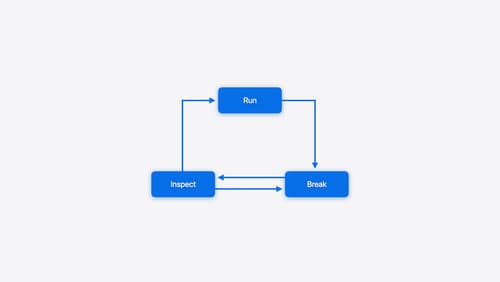What’s the difference between hangs and hitches?
Asked on 2024-07-31
1 search
The difference between hangs and hitches can be understood in the context of performance issues in applications:
-
Hangs: These are typically more severe and prolonged interruptions where the application becomes unresponsive for a noticeable period. This can be due to various reasons such as deadlocks, long-running operations on the main thread, or waiting for a resource that is not available.
-
Hitches: These are shorter, more transient interruptions that cause brief pauses or stutters in the application's performance. Hitches can occur due to minor delays in processing, such as garbage collection, brief network latency, or small spikes in CPU usage.
For more detailed insights into performance issues and debugging techniques, you might find the following sessions helpful:
- Explore Swift performance - This session discusses various aspects of performance, including low-level principles and async functions.
- Run, Break, Inspect: Explore effective debugging in LLDB - This session covers techniques for handling high-firing breakpoints, which can be useful in diagnosing performance issues like hangs and hitches.
These sessions provide a comprehensive look at how to identify and address performance bottlenecks in your applications.

Explore Swift performance
Discover how Swift balances abstraction and performance. Learn what elements of performance to consider and how the Swift optimizer affects them. Explore the different features of Swift and how they’re implemented to further understand the tradeoffs available that can impact performance.

Run, Break, Inspect: Explore effective debugging in LLDB
Learn how to use LLDB to explore and debug codebases. We’ll show you how to make the most of crashlogs and backtraces, and how to supercharge breakpoints with actions and complex stop conditions. We’ll also explore how the “p” command and the latest features in Swift 6 can enhance your debugging experience.

A Swift Tour: Explore Swift’s features and design
Learn the essential features and design philosophy of the Swift programming language. We’ll explore how to model data, handle errors, use protocols, write concurrent code, and more while building up a Swift package that has a library, an HTTP server, and a command line client. Whether you’re just beginning your Swift journey or have been with us from the start, this talk will help you get the most out of the language.
